Design Ideas: Salvaged Doors
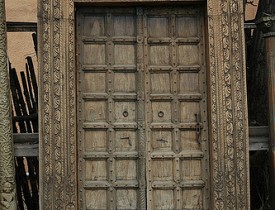 Making use of architectural salvage materials in building is nothing new. Since we began living in built structures, the use and re-use of materials was a common practice. Materials were often limited and therefore very expensive and quality craftsmanship was hard to come by as well. The Shakers, renowned for their meticulously clean and functional designs, were also renowned re-users of materials. As their numbers began to decrease, unused houses and public buildings were taken down and all usable materials were stored until needed. They simply could not allow buildings to fall into disrepair, which would have been abhorrent to a society that believed all their work was done for the glory of God.
Making use of architectural salvage materials in building is nothing new. Since we began living in built structures, the use and re-use of materials was a common practice. Materials were often limited and therefore very expensive and quality craftsmanship was hard to come by as well. The Shakers, renowned for their meticulously clean and functional designs, were also renowned re-users of materials. As their numbers began to decrease, unused houses and public buildings were taken down and all usable materials were stored until needed. They simply could not allow buildings to fall into disrepair, which would have been abhorrent to a society that believed all their work was done for the glory of God.
As the industrialization of manufacturing took hold over the 19th and 20th centuries, building materials became standardized, easily accessible and relatively inexpensive. Older homes were remodeled and completely stripped of original fittings. It was less expensive to buy new than it was to restore the older materials. Some of this material was sadly destroyed, but much of it was sold to architectural salvage yards whose customers included those who specialize in historical restoration. Today, however, we see a burgeoning of the architectural salvage trade because of a renewed appreciation for old-world methods coupled with a desire to be environmentally sensitive.
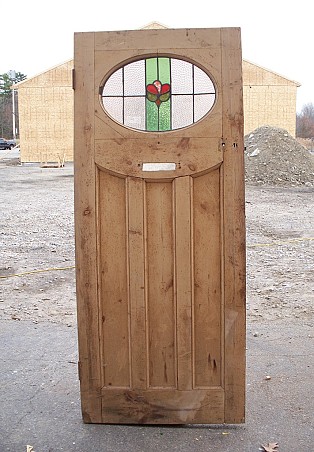
Salvaged doors come in all shapes, sizes and conditions. The history of architectural design styles can be found in salvage yards, particularly in the front doors. Beautiful Craftsman doors with stained glass or Gothic arched church doors will surely be stunners in a new location.
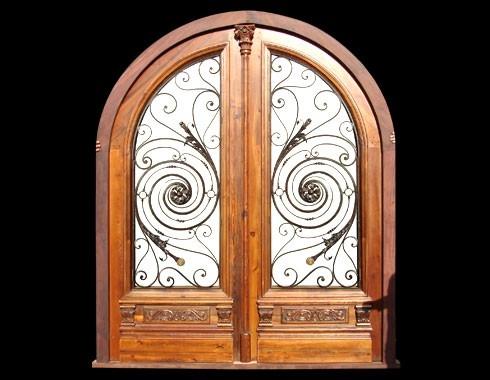
There is nothing like the work of true artisans involved in door making. Finish carpenters and carvers, glassmakers and ironworkers created incredible works of art that are rarely matched these days unless one splurges on a truly custom build door.
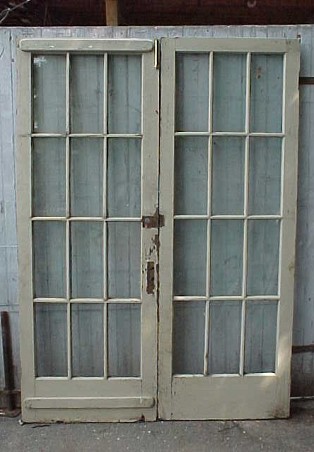
Salvaged inside doors from closets and pocket doors are readily available in many salvage yards around the country. For obvious reasons, inside doors were better preserved. Often, beautiful woods were painted many times and some time spent stripping and repairing will result in stunning pieces of art inside the home.
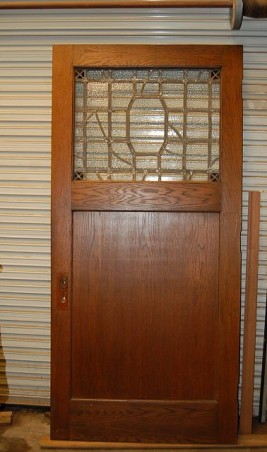
Depending on the quality of the original door and the current condition, salvaged doors can be quite cost effective. But in most cases, salvaged doors will be more interesting and well made than their modern counterparts from a typical big box home store.
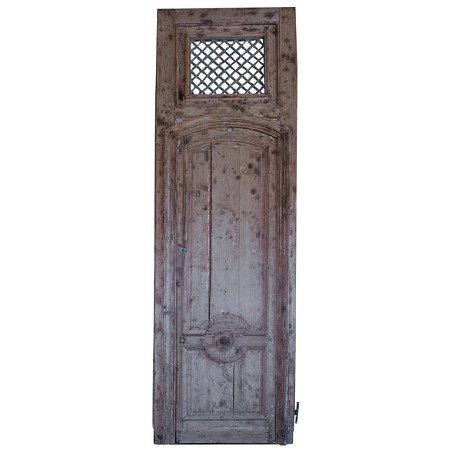
On the high end, some of the most sought after architectural finds are those imported from old-world Europe. Churches and castles yield beautiful works of building art that would be showstoppers wherever they are used.
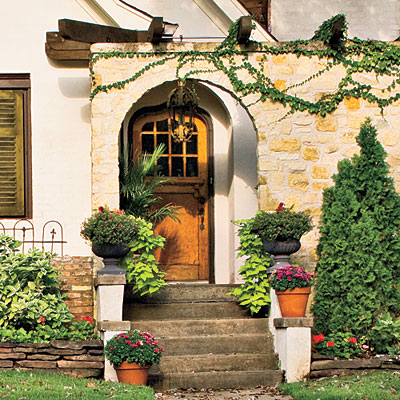
I think there is little sadder than an antique home that has been stripped of its original glory. An old worn door, or floor boards, can be stripped and refinished to reveal the beautiful graining of the original woods. Knicks and marks are simply the patina of age that should be treated with respect and not considered damage. If you’re considering using an older door on a new structure, be prepared to have to trim the door to fit the home, or to build the entry around the door. But the extra work will be worth it.
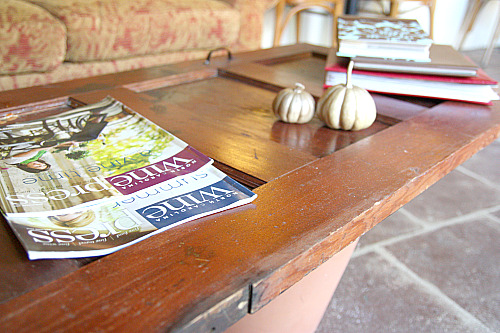
A beautiful coffee table is made from an old paneled door. Add a glass top for protection or ease of use.
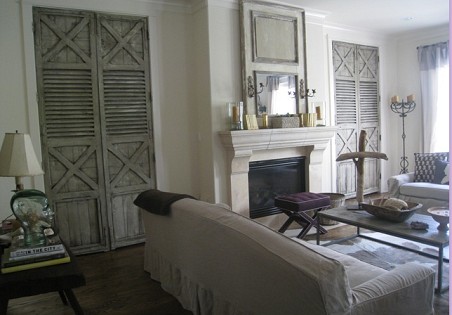
Gorgeous and unique shutter doors are used in a new building structure as closet doors to add a sense of weight and history that new materials would rarely provide.
Looking for a Pro? Call us (866) 441-6648

Remodeling Average Costs
Remodeling Contractors Experiences

Painting An Accent Wall In My Formerly Vanilla Apartment

Beautiful Tile Backsplash Completes Our Kitchen Remodel



